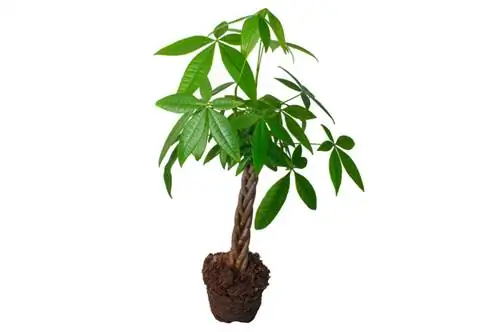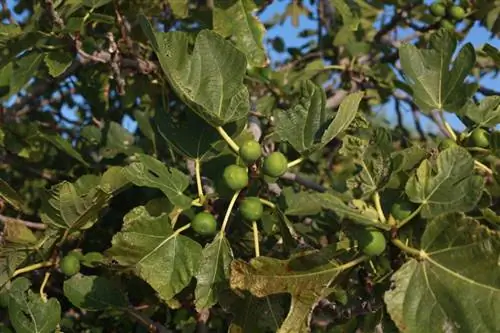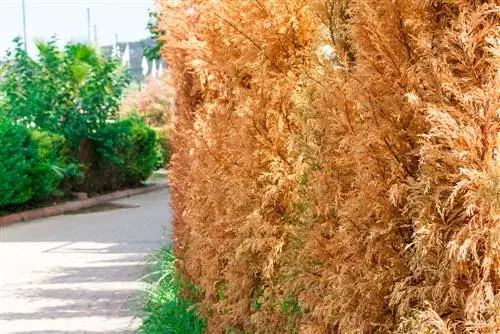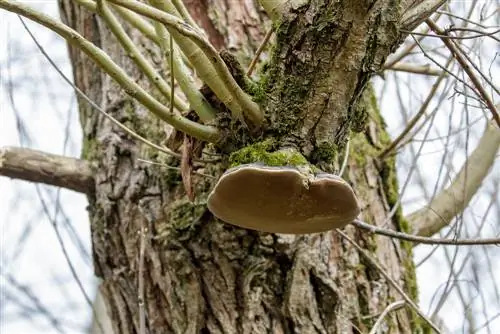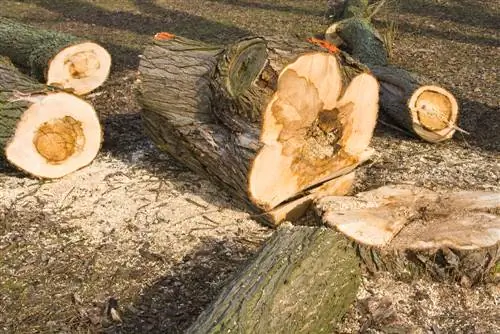- Author admin [email protected].
- Public 2023-12-16 16:46.
- Last modified 2025-01-23 11:21.
Chestnuts or Pachira aquatica are relatively robust plants that are not often affected by diseases. Pests are more likely to cause problems for decorative indoor trees. What diseases and pests do you need to watch out for?
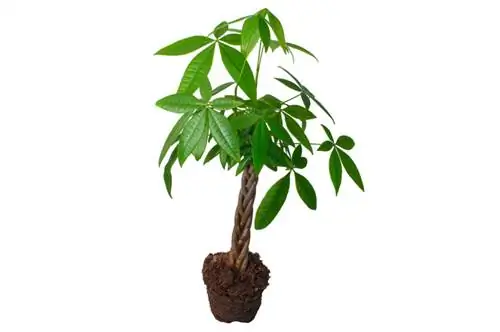
What diseases and pests can occur in lucky chestnuts?
Lucky chestnuts (Pachira aquatica) can mainly become ill due to incorrect care, such as waterlogging or injured bark. Typical diseases include root rot and soft stems. Pests such as spider mites and mealybugs can occur when humidity is low.
Illnesses usually attributed to care errors
Diseases in the lucky chestnut almost exclusively occur when you care for the plant incorrectly. The often observed intertwining of the trunks is also a trigger for illness.
The most common diseases are root rot or trunk softening. These problems are due to bacteria and viruses. If the leaves drip, it is not a disease. In this case, the lucky chestnut secretes moisture that it has stored in the trunk.
The causes of diseases are waterlogging and injured bark on the lucky chestnut trunks. If you have purchased a braided plant, you should unbraid it if possible and place the trunks individually in pots.
Prevention of diseases
The best way to prevent disease is good care. Above all, this means that you avoid root balls that are too wet. Water the plants sparingly.
After buying a Pachira aquatica, you should not only untangle the trunks, you should also repot the lucky chestnut in fresh substrate. The purchased substrates are almost always too moist and either too nutrient-rich or nutrient-poor.
Make sure that the lucky chestnut is very bright but not too sunny. Air should also be able to circulate between the stems and leaves. Avoid drafts.
Pests that can occur on lucky chestnuts
Spider mites and mealybugs occur on lucky chestnuts when the humidity is too low. The pests are difficult to detect. Be alert if the Pachira aquatica leaves change color or the plant loses excessive leaves. The loss of a few leaves at the bottom is not a cause for concern.
To prevent this, spray the lucky chestnut with low-lime water, especially in winter. This increases the humidity.
Tip
Chestnuts don't like frequent changes of location. If possible, always leave the trees in the same location and protect them from drafts.

